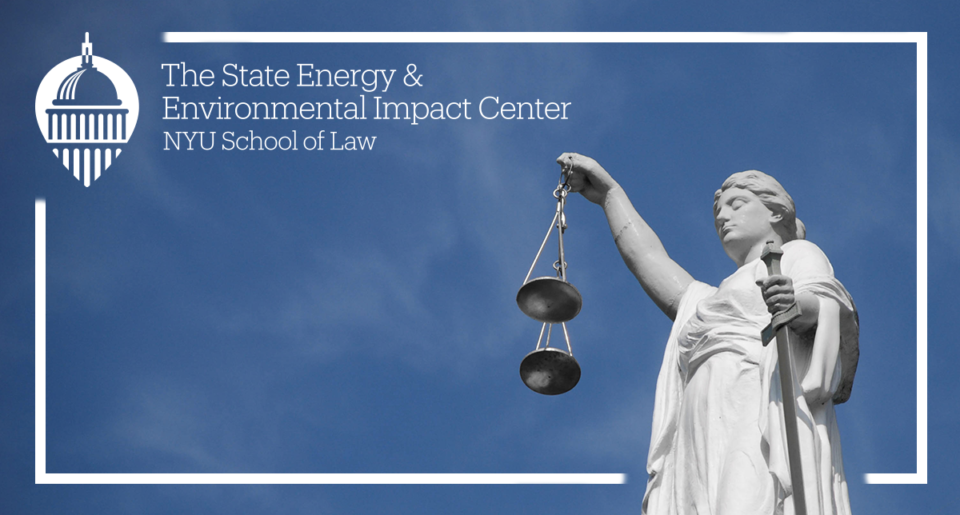Learning from the Past to Help Resolve Future Health & Environmental Challenges
David J. Hayes (Past Executive Director) / April 2, 2019

Major health and environmental controversies burst on the national scene with some regularity, often raising challenging legal and policy issues around liability, restoration and restitution. These issues are often tough for single courts, or for our legal system generally, to handle.
And yet precisely because major health and environmental issues like tobacco and toxic disposal sites affect so many people in so many jurisdictions, we somehow find a way to wrestle them to the ground. Sometimes with efficient, fair and effective results; sometimes, less so.
At the State Energy & Environmental Impact Center, as part of our charge to assist state attorneys general on clean energy, climate change and environmental issues, we have launched a Health & Environmental Settlements Project. Our goal is to provide lawyers, judges and legislators with experience-tested ideas on settlement structures and mechanisms that can help resolve major health and environmental liability issues in the future.
Toward that end, we are dissecting a handful of major legislative and judicial settlements to spot structures and mechanisms that have been used effectively (or not) to determine personal, corporate and societal liability, and to redress harms, restore resources, or otherwise provide appropriate restitution, including for as-yet unknown health or environmental insults.
The State Impact Center recently hosted a workshop at the NYU School of Law to kick off its Health & Environmental Settlements Project. The workshop featured expert panels that focused on four major health and environmental settlements: tobacco; toxic site cleanups (Superfund); the Gulf oil spill; and the Volkswagen diesel pollution cheating scandal. Prominent legal and public health practitioners participated, including Ken Feinberg (a national leader in mediation and dispute resolution), John Cruden (former Assistant Attorney General who was intimately involved in both the Gulf oil spill and Volkswagen settlements), Dr. Cheryl Healton (Dean, NYU College of Global Public Health), Judge Nancy Firestone (U.S. Court of Federal Claims), Michael Hering (tobacco chief counsel for the National Association of Attorneys General), and others.
The workshop validated the thesis of the Settlements Project: namely, that by comparing and contrasting techniques used to resolve past major health and/or environmental damage claims, lawyers will be better equipped to tackle the future health and environmental liability and restitution challenges that are sure to come.
The tobacco settlement, for example, illustrated the importance of clearly defining the primary goal(s) for a settlement. The tobacco settlement successfully scaled back the smoking epidemic in the U.S. and set the stage for follow-on regulatory action against tobacco companies. It was not designed, however, to compensate victims of smoking, and because it did not require that funds collected from tobacco companies be used to advance settlement purposes, many settlement funds have been applied to extraneous purposes.
The legislative Superfund settlement enacted private party liability provisions which ensured that private parties would shoulder the primary burden of cleaning up legacy toxic sites. In contrast, public funds were primarily allocated to clean up “orphan” sites. The Gulf oil spill and Volkswagen settlements offered differing approaches for penalizing, restoring and/or otherwise providing compensation for environmental insults caused by private party malfeasance.
As our next step, the State Impact Center will commission written analyses of the four major settlements discussed at the workshop, along with one or two additional legal and/or legislated settlements that offer important lessons for future settlements (such as, for example, the National Childhood Vaccine Injury Act). The State Impact Center will compile these analyses in a report that reviews relevant aspects of each of the settlements and offers cross-cutting commentary on potential design elements and structural tools available for lawyers and legislators who will be working to resolve the next generation of challenging health and environmental liability issues.
